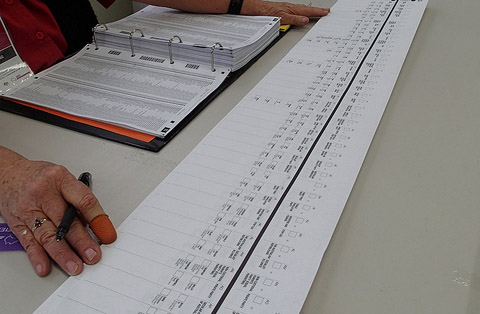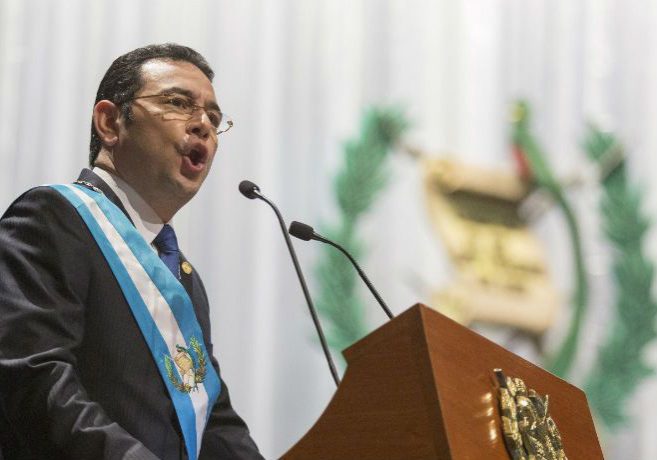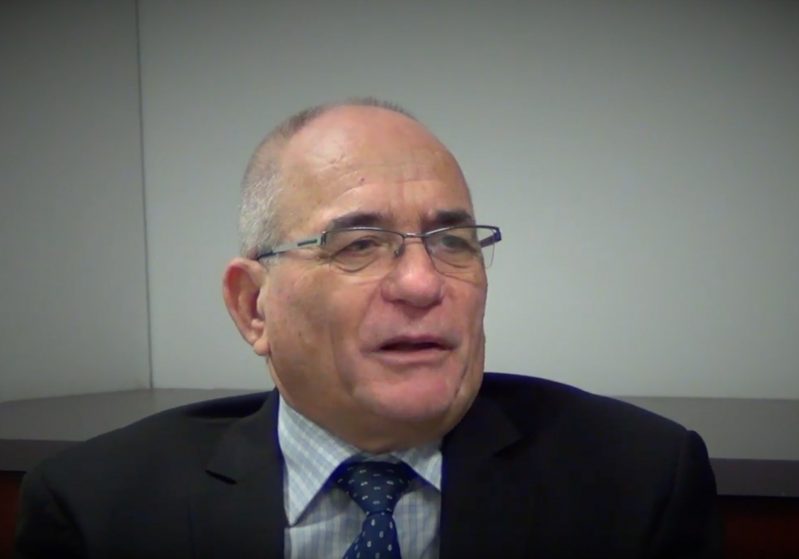Australia/Israel Review
The Fate of the Fringe
Sep 18, 2013 | Daniel Meyerowitz-Katz & Anthony Orkin

Daniel Meyerowitz-Katz & Anthony Orkin
Last month, AIR profiled a number of minor fringe parties running in the federal election. This month, we return to see how they performed. The results and estimated preference flows used in this article are based on the ABC’s Senate Election calculator and Australian Electoral Commission websites as of 16 September, with between 70-80% of the vote counted in most states (note: turnout was around 82%).
Fringe parties tended to fare rather poorly in the House of Representatives. For example, the white supremacist Australia First Party’s (AFP) best result in the House was 1,165 (1.43%) in Riverina, NSW; while AFP offshoot the Australian Protectionist Party (APP) had its best result in Swan, WA, with a whopping 566 (0.82%) votes. Nationwide, the AFP won only 6,409 votes in 9 seats, or an average of 712 per seat; and the APP won a grand total of 856 votes in 3 seats, or 285 per seat. Fellow far-right anti-immigrationists One Nation (ON) stood in 15 seats, in which they received just 19,958 votes (1,330 per seat); and the anti-Islam Rise Up Australia Party (RUP) won 42,839 votes in 77 seats (556 per seat).
Moving leftward, the Socialist Alliance‘s seven House candidates received 4,495 between them, an average of 642 each; while the cult-like Lyndon Larouche-following conspiracists at the Citizens Electoral Council (CEC) won 9,405 votes in 24 seats (391 per seat), up in total but down per seat from 2010, when they polled 8,017 across 13 seats.
While the House elections were overwhelmingly fizzers for the fringe parties, a far more interesting story played-out in the Senate. As readers may be aware, a series of controversial deals were brokered between the so-called “micro-parties”, in which preferences were allocated according to a specific strategy designed to give themselves an edge over larger parties.
Parties which did not join the micro-party deals had a very poor showing in the Senate. The CEC, for instance, was eliminated first in the NT with 264 (0.29%) votes – which interestingly went to the Australian First Nations Political Party – and second in Victoria with 1,057 (0.04%) votes, which went to Family First then the Motoring Enthusiasts Party (MEP) of the controversial presumed new Victorian Senator Ricky Muir. The Socialist Alliance gave 2,082 (0.06%) NSW votes to the Greens; and the Socialist Equality Party (SEP) divided its meagre vote (0.04% in NSW, 0.07% in Vic, 0.03% in WA) evenly amongst the two major parties and the Greens.
The left-wing anti-immigration Australian Stable Population Party (SPP) sent its preferences to centrist micro-parties rather than the far-right parties which share the SPP’s commitment to fighting immigration. The SPP received 314 (0.10%) votes in Tas; 2,942 (0.11%) in Vic; 951 (0.10%) in WA, and otherwise failed to break 0.1%.
One surprisingly poor performance came from Julian Assange’s high-profile Wikileaks Party. Assange himself stood on the Victorian Senate ticket, but won only 30,039 (1.15%) votes. Wikileaks fared even worse in the other states in which it stood – NSW and WA – winning a meagre 27,917 (0.79%) and 6,777 (0.71%) respectively.
Perhaps the most controversial issue arising from the micro-party preference deals was the number of seemingly innocuous minor parties which ended-up essentially functioning as front groups for extremists. For example, the Senator Online (Internet Voting Bills/Issues) ticket funneled 1,918 NSW votes to the SPP. Also in NSW, Australian Voice gave its 2,130 votes to the AFP.
Most significantly, ON’s Pauline Hanson proved so adept at brokering deals with micro-parties that, at one point, she looked to have a fighting chance of winning a seat in NSW. The first ticket in NSW to be eliminated was the Non-Custodial Parents Party, whose 1,102 votes went straight to ON. ON also picked-up 3,563 votes from the RUP, 14,162 from the MEP, 15,371 votes from Katter’s Australian Party, 53,052 from the Democratic Labour Party, and 2,102 from the APP. This meant that Hanson was eliminated with 3.71% of the overall vote – up from her primary vote of just 41,992 (1.19%).
In Qld., ON did not fare as well. The party received 10,264 (0.53%) votes plus 3,186 votes from Australian Voice; 4,262 votes from RUA (via the DLP); 13,870 votes from the MEP; and 437 votes from the SEP (via the ALP) – which the SEP’s left-wing voters would probably not be too impressed by. Following ON’s elimination, these preferences went to the Australian Fishing and Lifestyle Party.
Otherwise on the far-right, the APP was eliminated first in Qld. with only 728 votes (0.04%) and the AFP won an unimpressive 4,858 (0.25%) votes. RUA won 842 (0.93%) votes in the NT; 24,310 (0.93%) in their home state of Victoria and floated around 0.3% in other states.
Tags: Australasia






